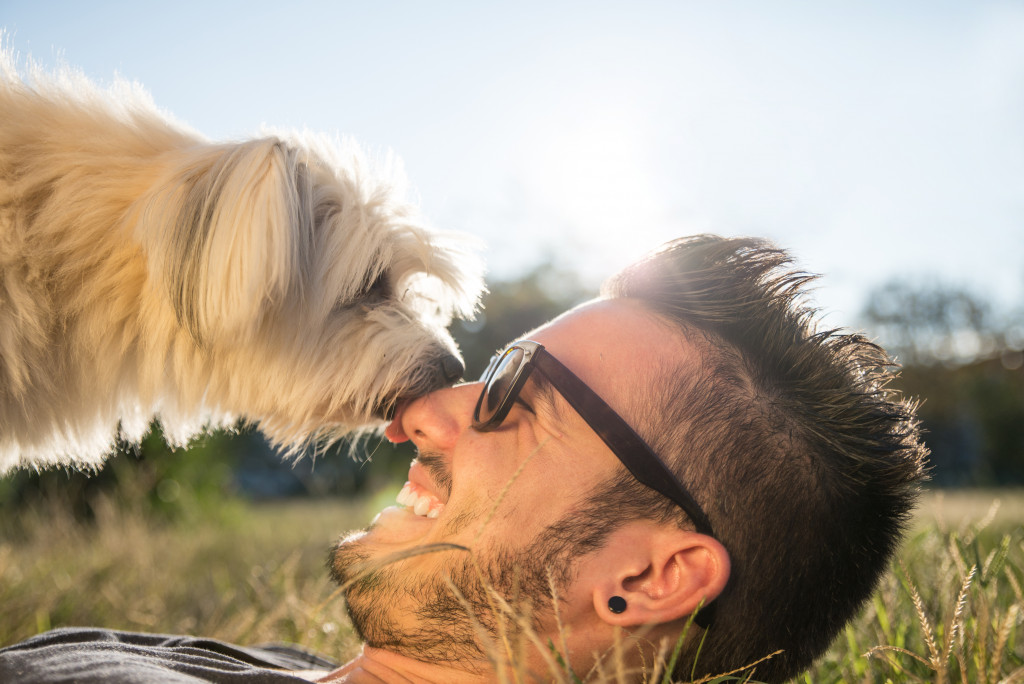If you’re like most pet owners, you probably consider your furry friend a family member. And just like any other family member, you want to take them with you on your travels. But before you hit the road, there are a few things you need to keep in mind. Here are some tips for traveling with your pet.
Make sure your pet is properly vaccinated and has a current health certificate.
It’s essential to make sure your pet is vaccinated adequately before traveling with them. Dogs should receive vaccines for rabies, distemper, and adenovirus. Cats should receive vaccines for rabies, panleukopenia, and calicivirus. These vaccines will help protect your pet from diseases they may encounter while traveling.
In addition to vaccinations, you should also make sure your pet is healthy enough to travel. This means having a current health certificate from your veterinarian. The health certificate will state that your pet is free of disease and parasites and is up-to-date on their vaccinations. You should remember that some states require a health certificate indicating they are fit to travel.
Make sure your pet is comfortable with traveling in a car or airplane.
If your pet is not used to traveling, it is crucial to ensure they are comfortable with it before taking them on a long trip. This means gradually getting pets used to being in a car or airplane. Start by taking them on short trips and gradually increasing the distance. If your pet is nervous or anxious, you may consider using a calming product to help them relax.
You should also remember to have patience when traveling with your pet. They may not be used to unfamiliar environments and may need some time to adjust. If you are calm and patient, it will help your pet feel more relaxed. Letting your pet undergo dog training classes before bringing him on a trip is also a good idea. After the training, you’ll have lesser behavior issues with your pet.

Pack enough food and water for your pet and any medications they may need.
Packing enough food and water for your pet is essential when traveling. It will keep pets fed and hydrated. It will also help keep them calm and relaxed. This is especially important if you’re traveling by plane, as the noise and motion can be unsettling for some pets. By ensuring they have plenty of food and water, you can help make the experience as stress-free as possible for you and your pet.
You should also ensure the food meets your pets’ nutritional requirements. The food should also be easy to digest so that your pet doesn’t get an upset stomach. If you’re unsure of what type of food to pack, consult with your veterinarian beforehand.
In addition to food and water, you’ll also need to pack any medications your pet takes. This includes heartworm medication, flea and tick prevention, and anything else prescribed by your vet. Be sure to pack these medications in their original containers so that you can easily identify them.
If you’re traveling by car, you’ll need to ensure your pet is properly secured. This means using a pet seat belt or harness or placing them in a crate or carrier. This will keep your pet safe and prevent them from becoming a distraction while you’re driving.
If you’re traveling by plane, there are a few things you’ll need to do in advance. You’ll need to check with the airline to see if they have any restrictions on traveling with pets. Most airlines will allow small pets in the cabin, but you’ll need to pay a fee and obtain a health certificate from your vet. You’ll also need to book your flight in advance to get a seat that accommodates your pet.
Bring a leash, collar, and ID tags for your pet in case they get lost.
Bringing a leash, collar, and ID tags is essential no matter where you’re traveling. This is in case they get lost while you’re away. The ID tags should have your contact information so that anyone who finds your pet can reach you. If your pet is microchipped, be sure to include that information on the ID tags.
You should also keep a recent photo of your pet if they get lost. This will help you identify your pet if he is found.
Be aware of your destination’s weather and climate, and ensure your pet will be comfortable.
The weather and climate at your destination can significantly impact your pet. If you’re traveling to a place with extreme temperatures, make sure your pet will be comfortable. You should consider if the climate is safe for your pet. For example, if you’re traveling to a desert, ensure your pet has no health conditions that would make the heat dangerous.
Following these tips will help ensure that your pet has a safe and enjoyable trip. So get out there and explore the world with your furry friend by your side!

